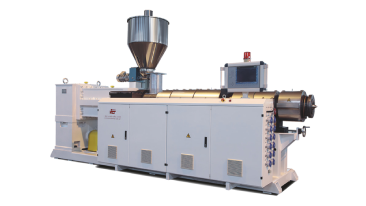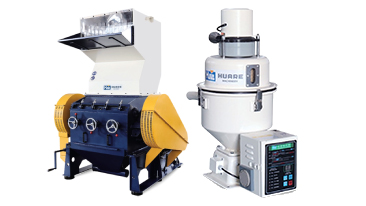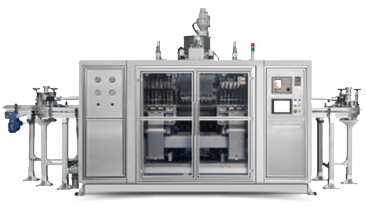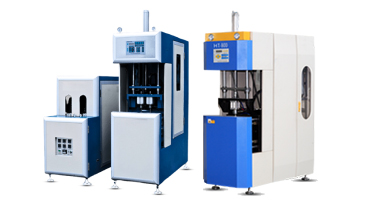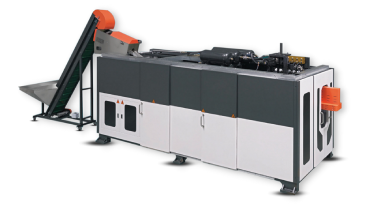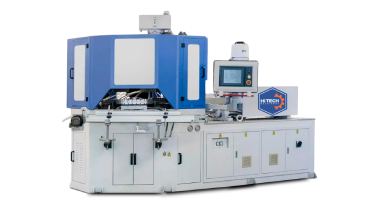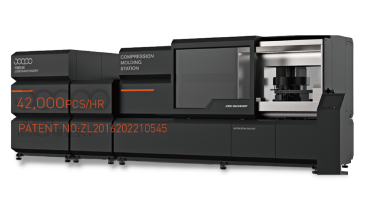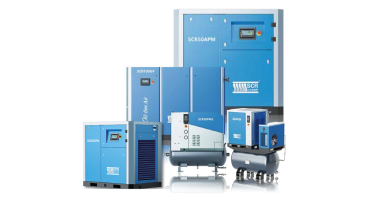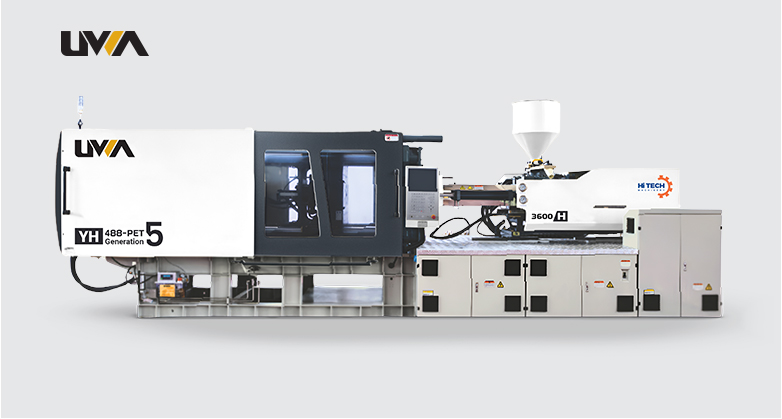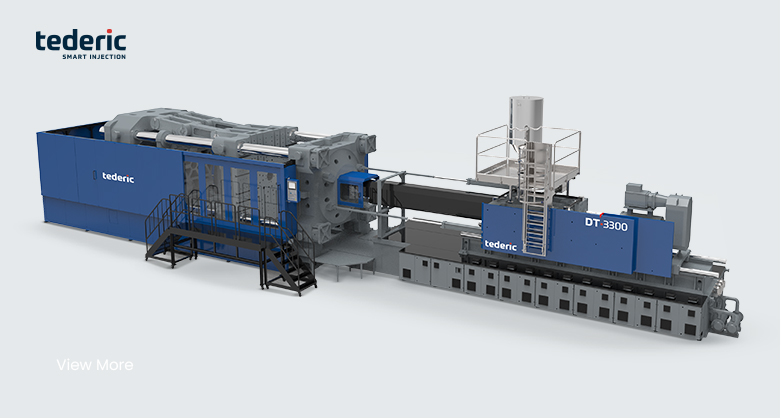


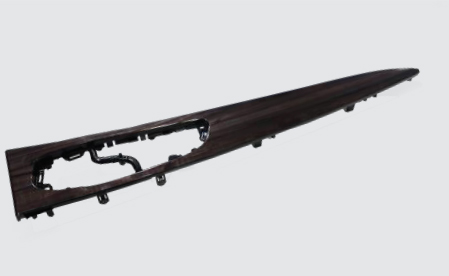
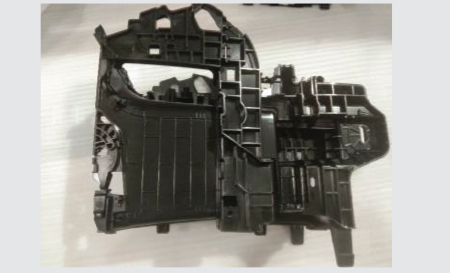
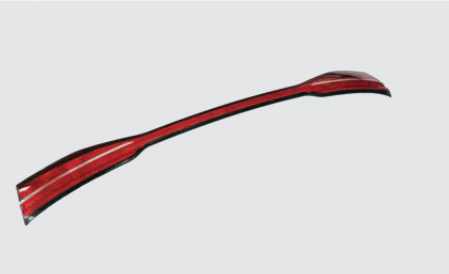
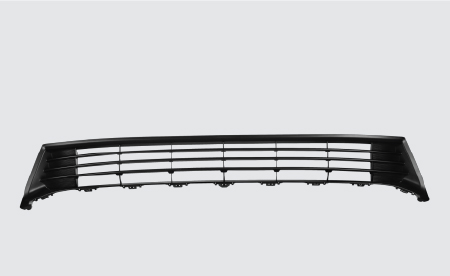
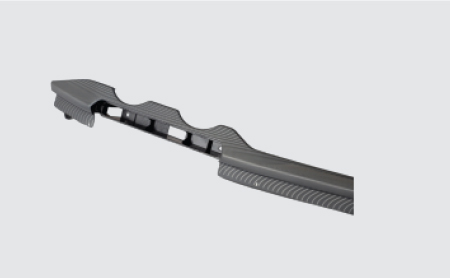
Segments:
- Lighting
- Interior parts
- Exterior parts
- Structural parts
- Glass decorative parts
Related technologies:
|
PUR technology |
|
In-Mold Decoration |
|
Mucell technology |
|
Injection molding compression |
|
Multi-color technology |
|
Electric sub-injection unit |
Main products:
|
Two-platen IMM |
|
Electric IMM |
|
Horizontal turntable multi-component IMM |
|
Vertical turntable multi-component IMM |
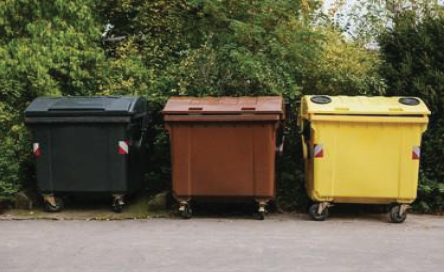
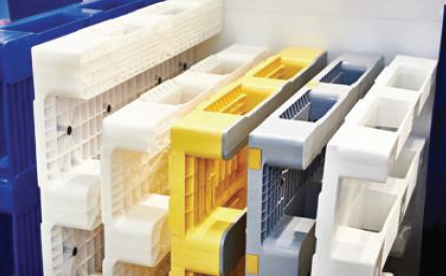
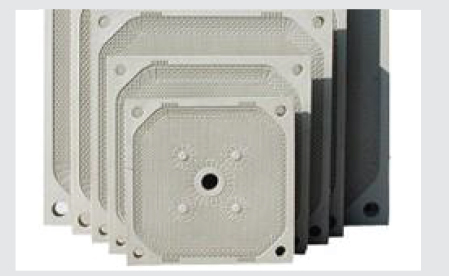
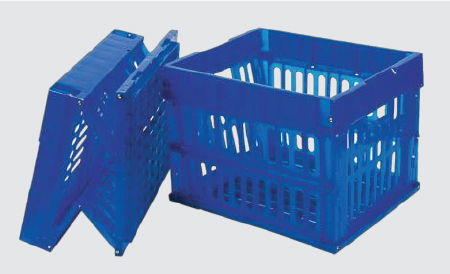
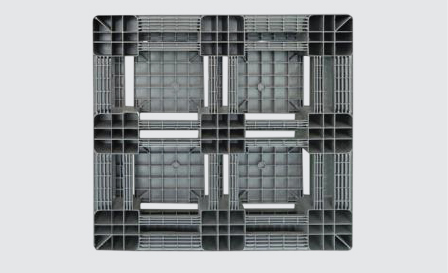
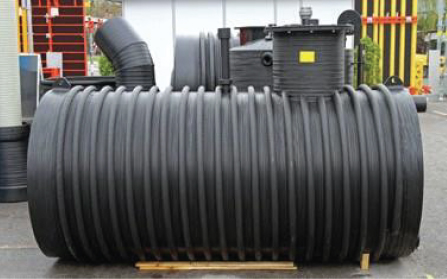
Segments:
- Pallets
- Crates
- Trash cans
- Filter press plates
- Septic tank
Related technologies:
|
Mucell technology |
|
Tie bar retraction technology |
|
Electric preplasticizing technology |
|
Multi-color technology |
Main products:
|
Toggle system IMM |
|
Two-platen IMM |
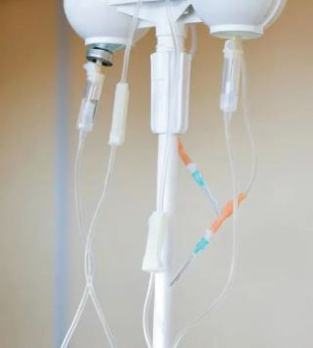
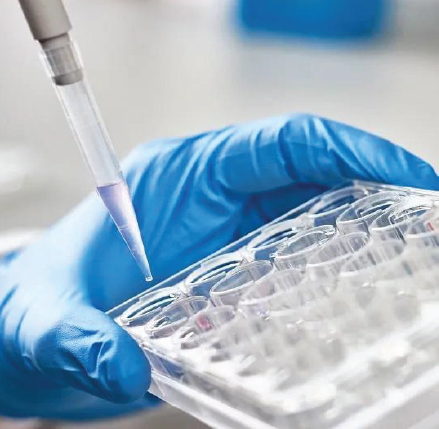
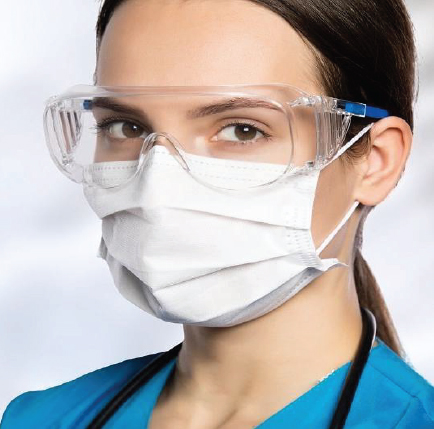
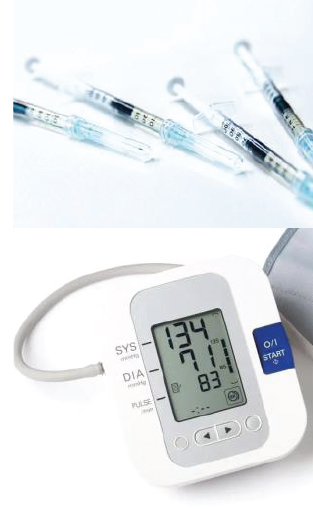
Segments:
- Diagnostics
- Health care
- Pharmaceuticals
- Large medical equipment
Related technologies:
|
Multi-color technology |
|
Electric sub-injection unit |
Main products:
|
Two-platen IMM |
|
Electric IMM |
|
Vertical turntable multi-component IMM |

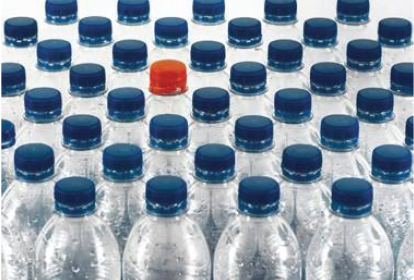
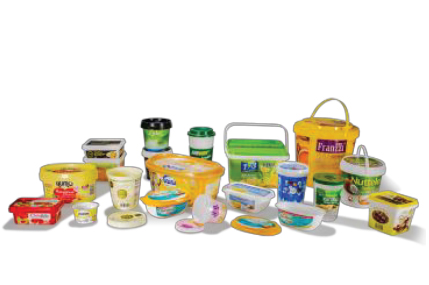
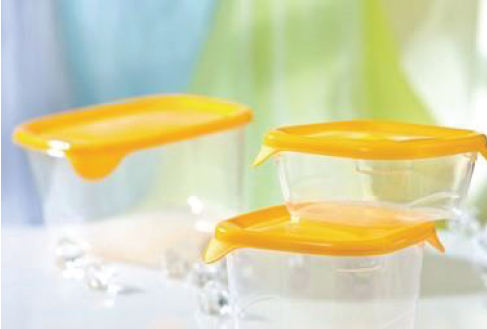

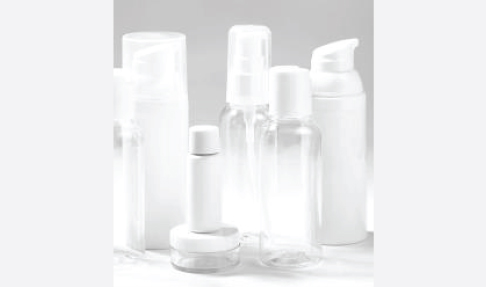
Segments:
- Thin wall container
- Thick wall container & PET
- EDisposable tableware
Related technologies:
|
PMulti-color technology |
|
In-Mold Labeling |
Main products:
|
Toggle system IMM |
|
Electric IMM |
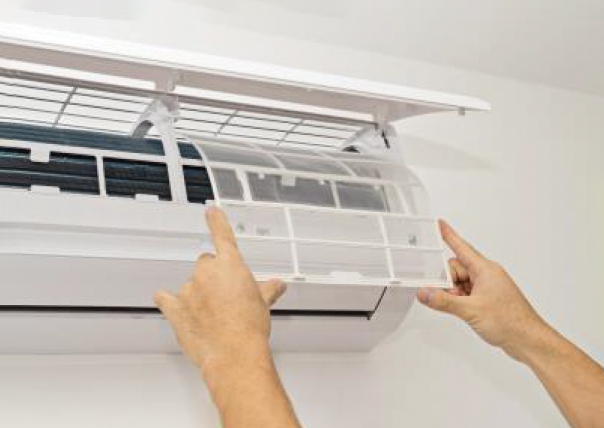
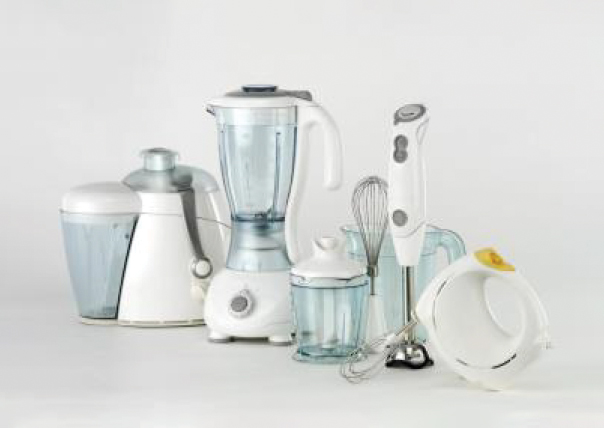
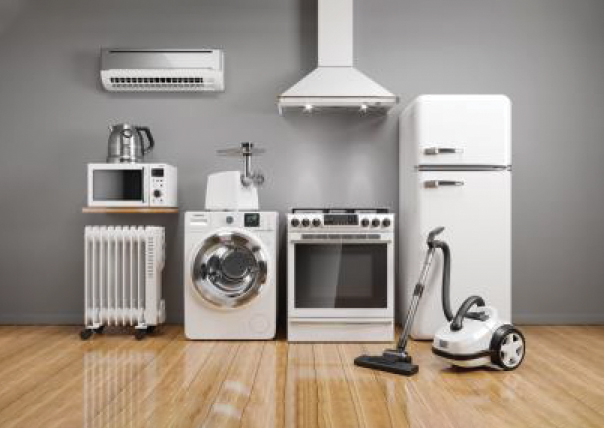
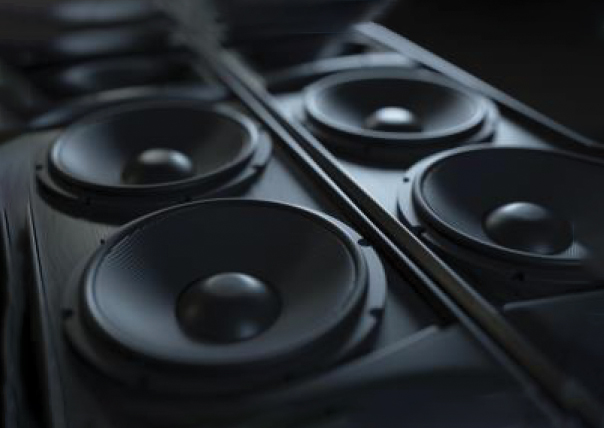
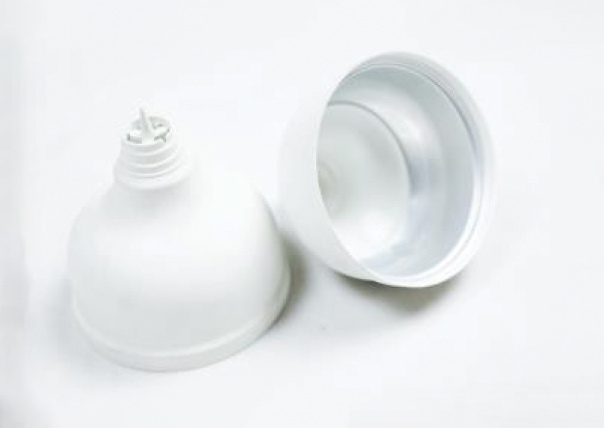
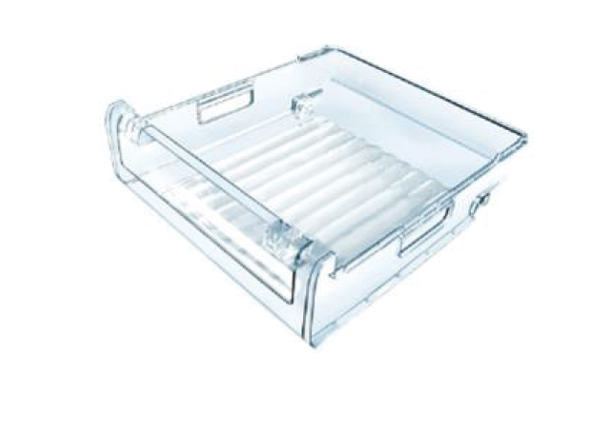
Segments:
- White goods
- Black goods
- Small household
Related technologies:
|
Electric preplasticizing technology |
|
Injection-blowing molding |
|
Mucell technology |
|
High-gloss processing technology |
|
Multi-color technology |
|
In-Mold Labeling |
Main products:
|
Two-platen IMM |
|
Electric IMM |
|
Toggle system IMM |
|
Two-platen IMM |
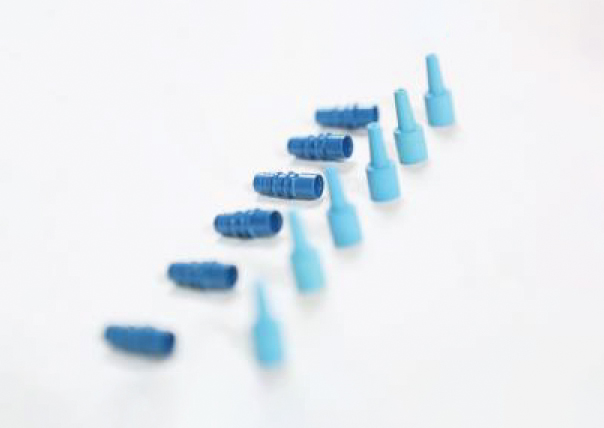
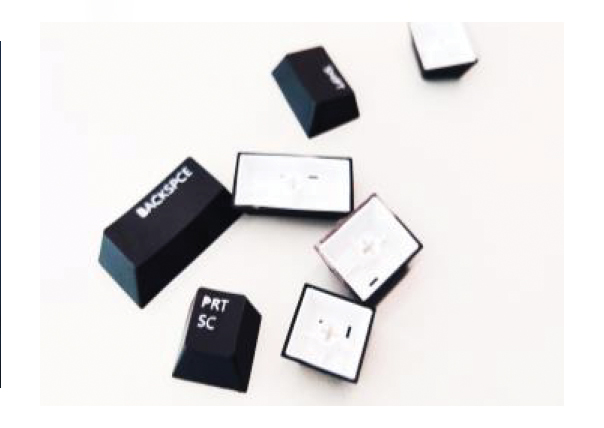
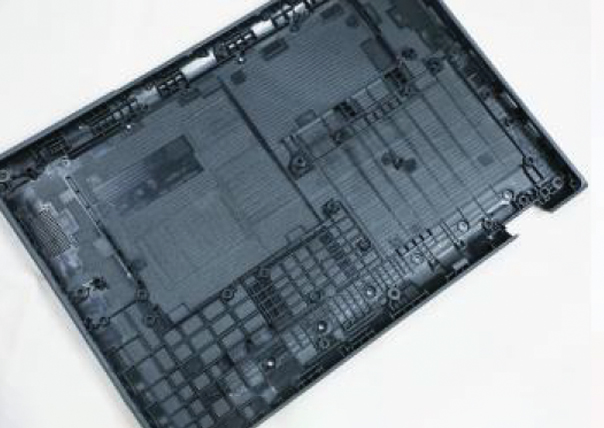
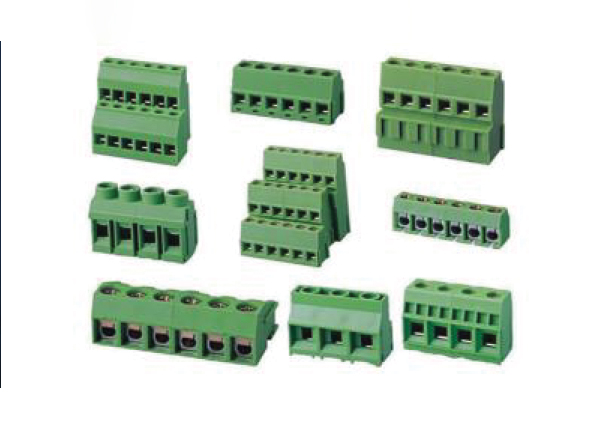
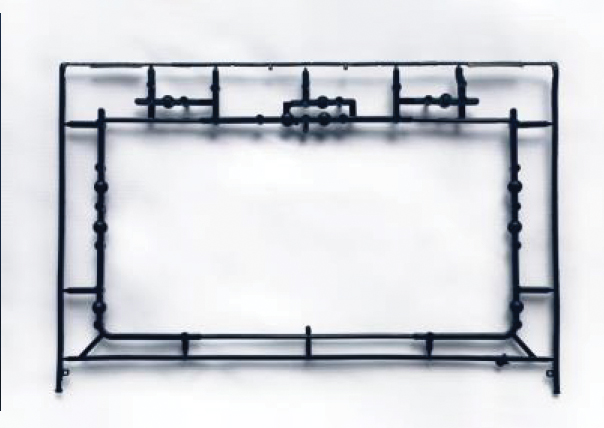
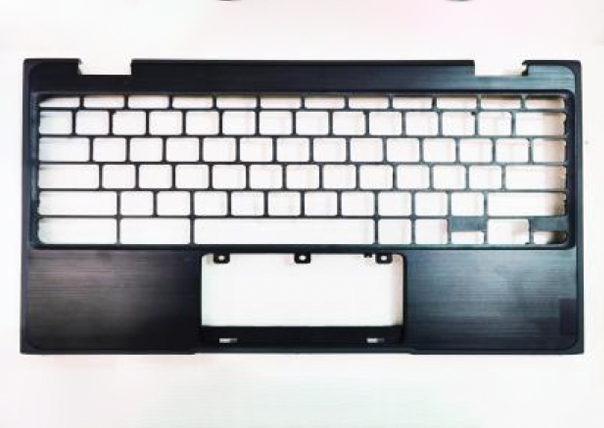
Segments:
• Consumer electronics
• Mobile communication
Related technologies:
|
Electric preplasticizing |
|
Injection-blowing molding |
Main products:
|
Two-platen IMM |
|
Electric IMM |
|
Two-platen IMM |
|
Vertical turntable multi-component IMM |
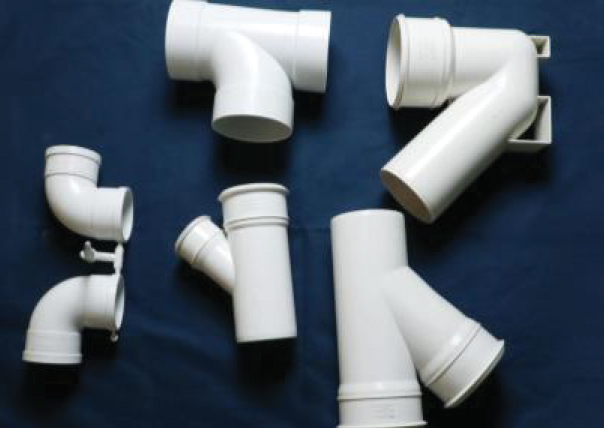
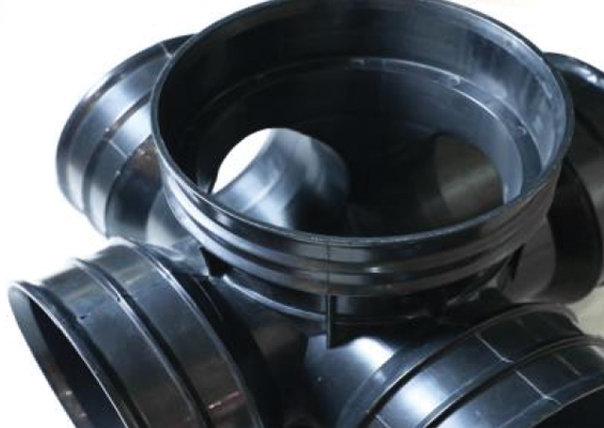
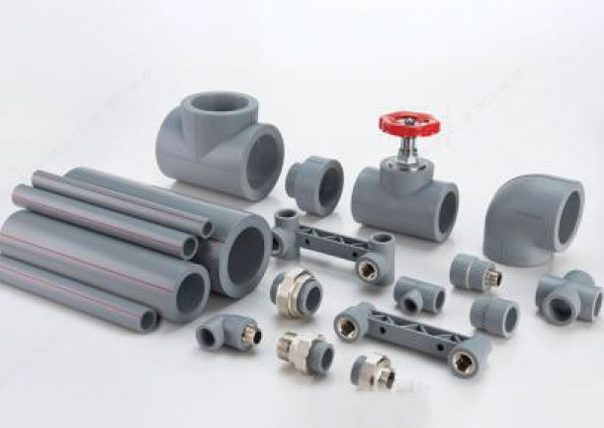
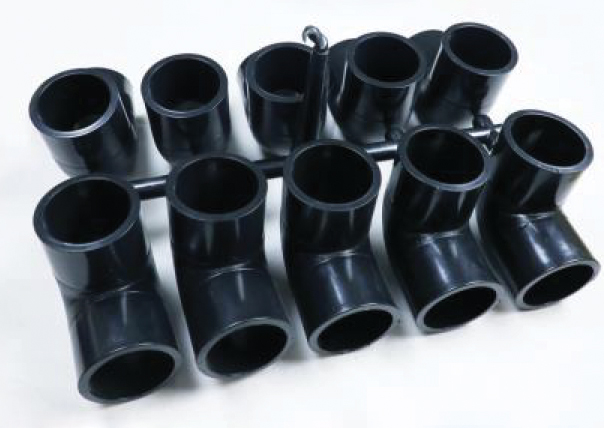
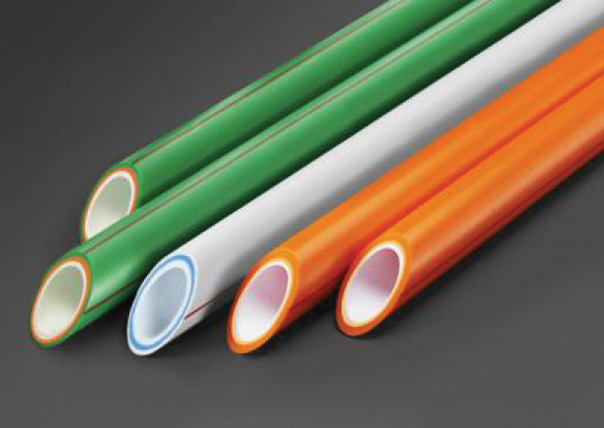
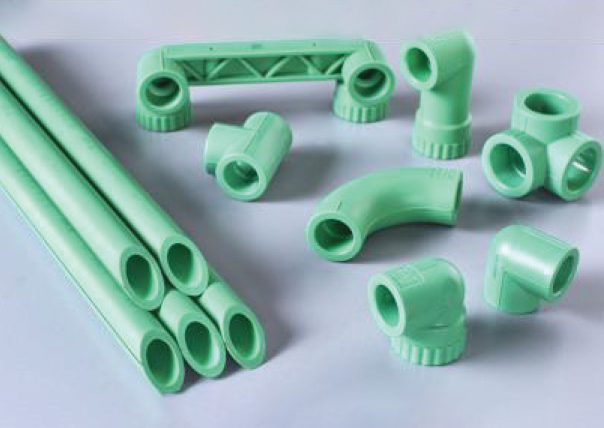
Segments:
- Rainwater collector
- Inspection wells
- PE fittings
- PVC&PPR fittings
Related technologies:
|
Tie bar retraction technology |
|
Electric preplasticizing technology |
|
Mucell technology |
|
Extra-large injection |
|
Main products:
|
Toggle system IMM |
|
Two-platen IMM |


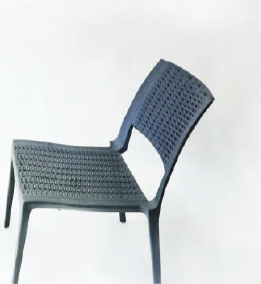
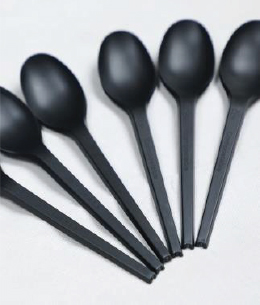
Segments:
- Rainwater collector
- Inspection wells
- PE fittings
- PVC&PPR fittings
Related technologies:
|
Tie bar retraction technology |
|
Electric preplasticizing technology |
|
Extra-large injection |
|
Main products:
|
Toggle system IMM |
|
Two-platen IMM |
How does an Injection Molding Machine work?
The machine melts plastic pellets and injects the molten plastic into a mold under high pressure. The plastic then cools and solidifies into the shape of the mold. The process involves the following stages: injection, holding pressure, cooling, and ejection.
What are the main components of an Injection Molding Machine?
Key components of an IMM include the injection unit (for melting and injecting the plastic), clamping unit (for holding the mold in place), mold (which defines the shape of the final product), and control systems (for managing temperature, pressure, and other parameters).
What are the advantages of Injection Molding?
Injection molding offers several advantages, including high precision, fast production rates, ability to produce complex shapes, low waste, repeatability, and the ability to use a wide range of materials.
What is the typical cycle time for Injection Molding?
Cycle time varies depending on the material, mold design, part size, and machine type. Generally, it can range from a few seconds to several minutes. The cycle includes injection time, cooling time, and ejection time.
What are the common defects in Injection Molding?
Common defects include short shots (incomplete parts), warping, sink marks, flash (excess plastic), and voids. These can be caused by improper settings, poor mold design, or incorrect material choice.
What is the difference between Hydraulic, Electric, and Hybrid Injection Molding Machines?
-
Hydraulic Machines: Use hydraulic pressure for clamping and injection, typically more cost-effective but less energy-efficient.
-
Electric Machines: Use electric motors for both injection and clamping, offering higher precision and energy efficiency.
-
Hybrid Machines: Combine hydraulic and electric technology, aiming to balance efficiency, precision, and cost.
How do I choose the right Injection Molding Machine for my needs?
The right IMM depends on factors like the material to be used, part size, production volume, required precision, and energy efficiency. Consulting with a supplier or manufacturer can help match the correct machine to your production requirements.
What maintenance is required for an Injection Molding Machine?
Regular maintenance includes checking and cleaning the mold, lubricating moving parts, inspecting hydraulic fluid levels, cleaning the injection unit, and ensuring the cooling system is functioning properly. Routine checks can extend the machine’s life and reduce downtime.
Can Injection Molding Machines be used for both small and large parts?
Yes, Injection Molding Machines can be used to produce both small and large parts. However, the machine size, mold design, and injection pressure will vary based on the part’s size and complexity.
What is the typical cost of an Injection Molding Machine?
The cost of an IMM depends on various factors such as machine size, complexity, and features (e.g., electric vs. hydraulic). Prices generally range from a few thousand dollars for smaller, simpler machines to hundreds of thousands of dollars for large, high-precision systems.
What are the environmental impacts of Injection Molding?
Injection Molding can have environmental impacts such as plastic waste, energy consumption, and the use of non-renewable resources. However, recycling plastic materials and using energy-efficient machines can help minimize the ecological footprint.
What is the role of the clamping unit in Injection Molding?
The clamping unit holds the mold in place during the injection process and ensures that the mold does not open under the pressure of the injected material. The clamping force must be sufficient to prevent mold separation and ensure accurate part formation.


